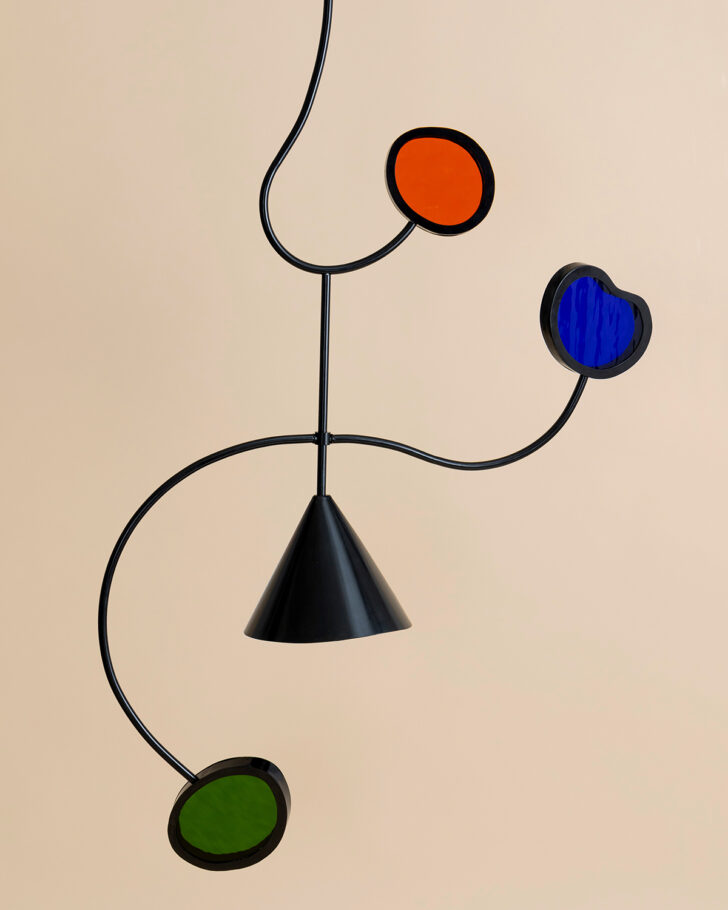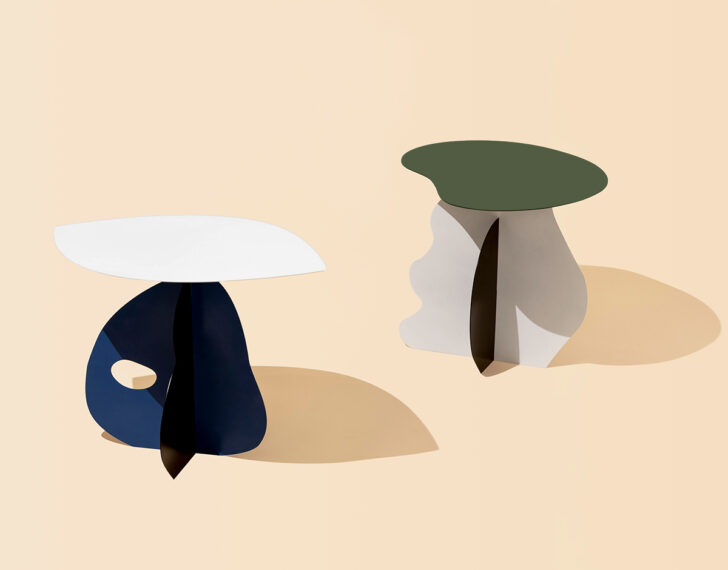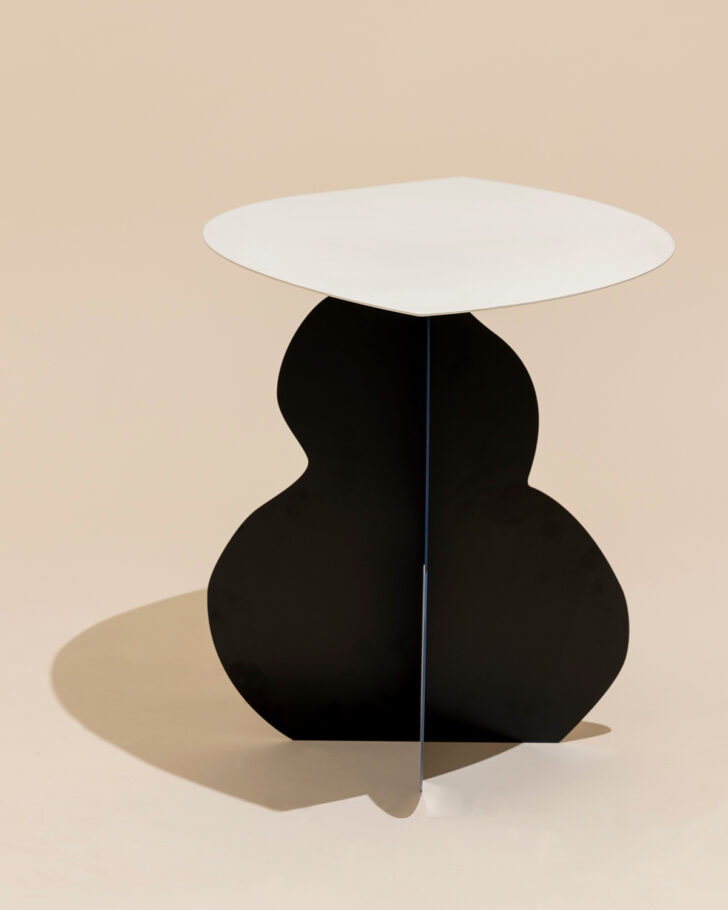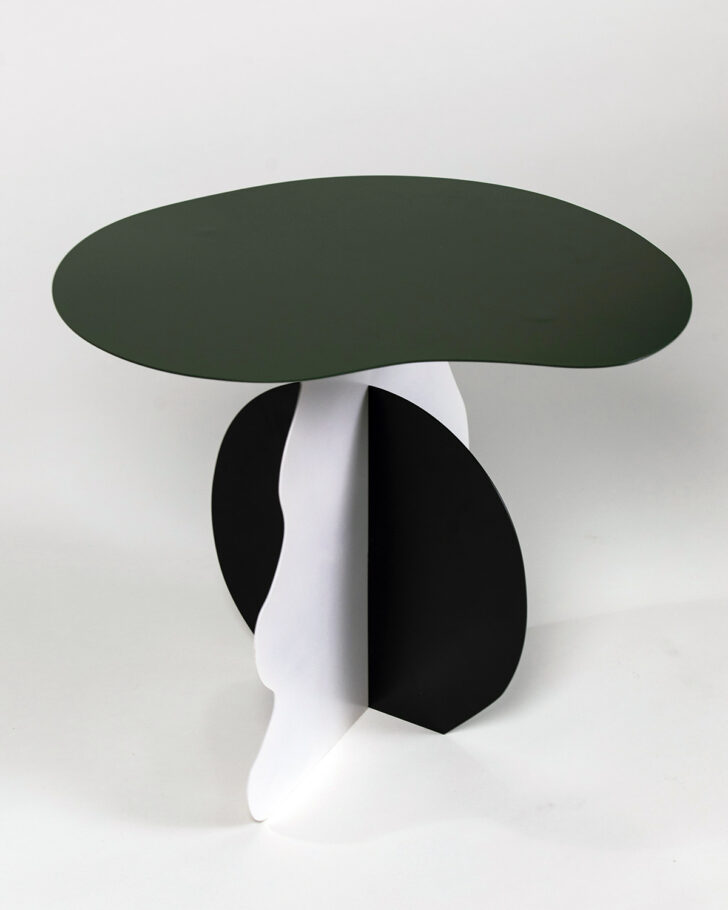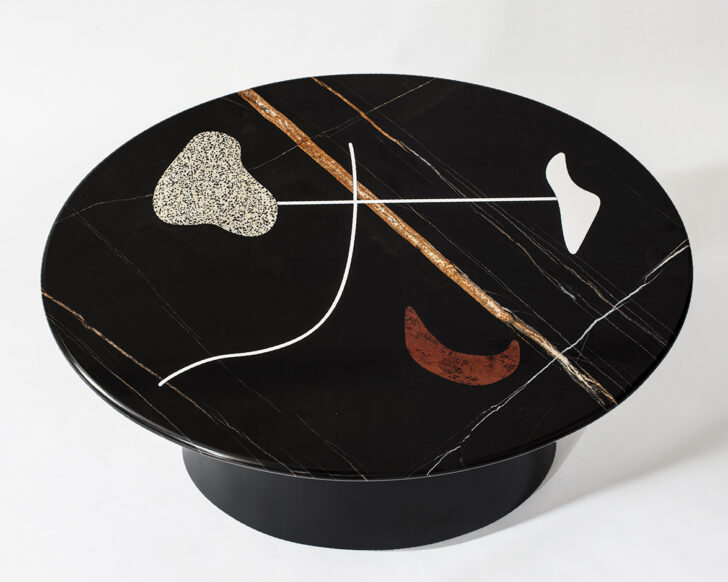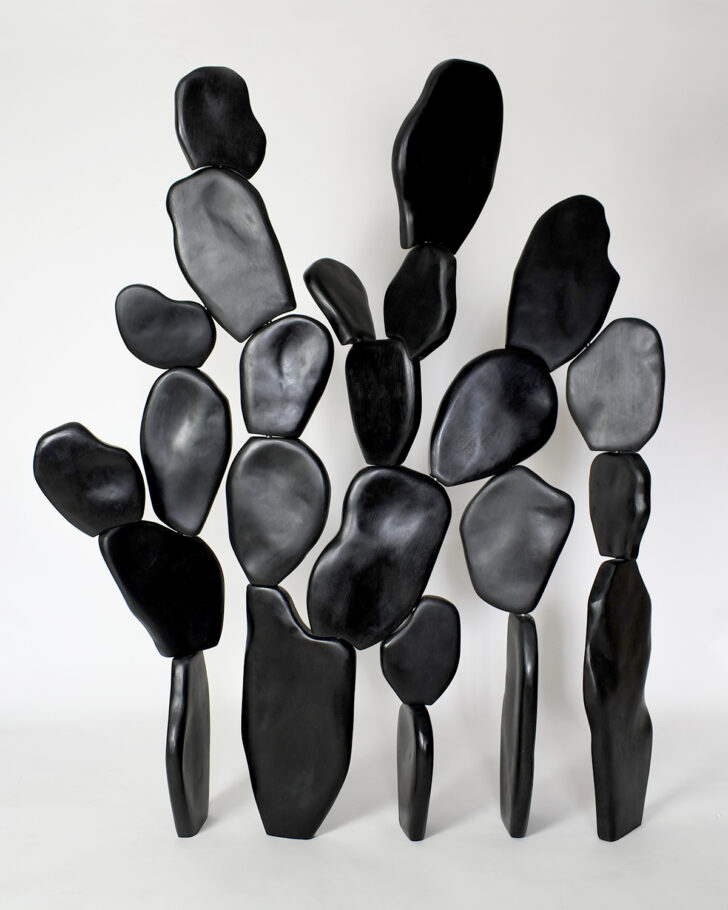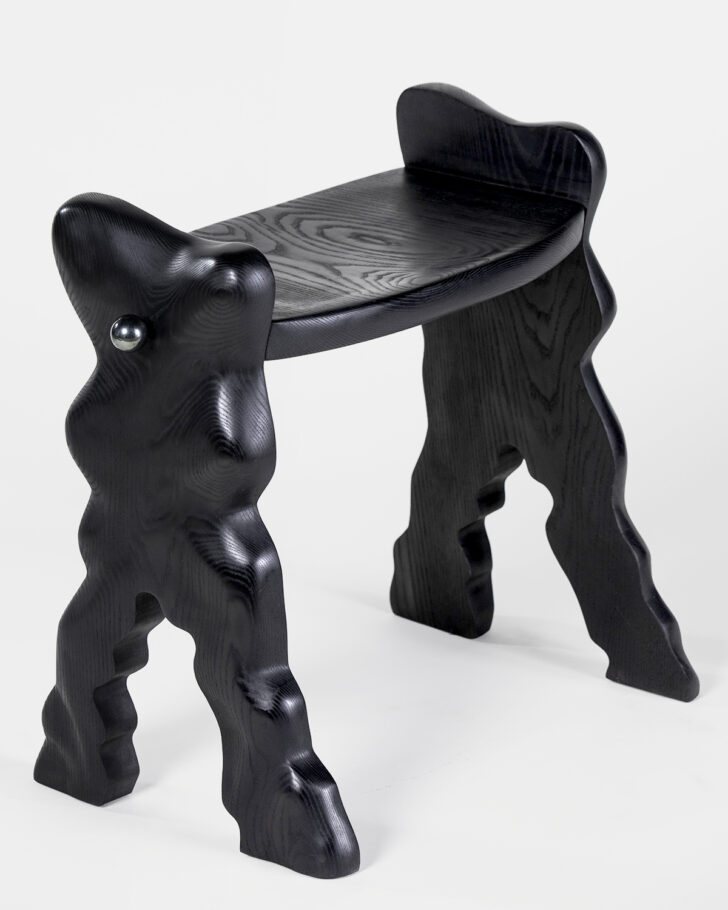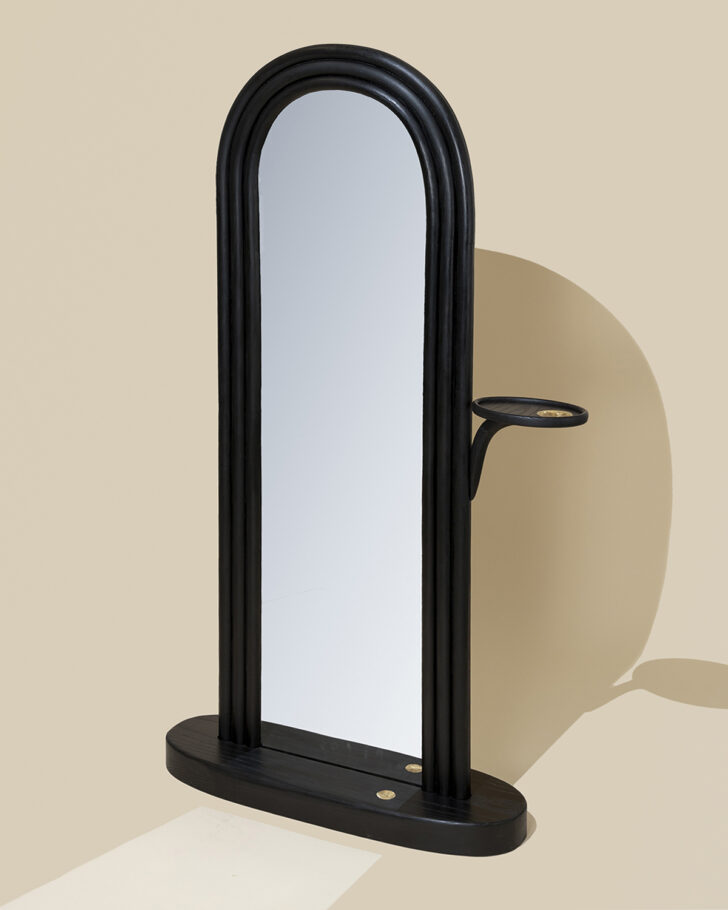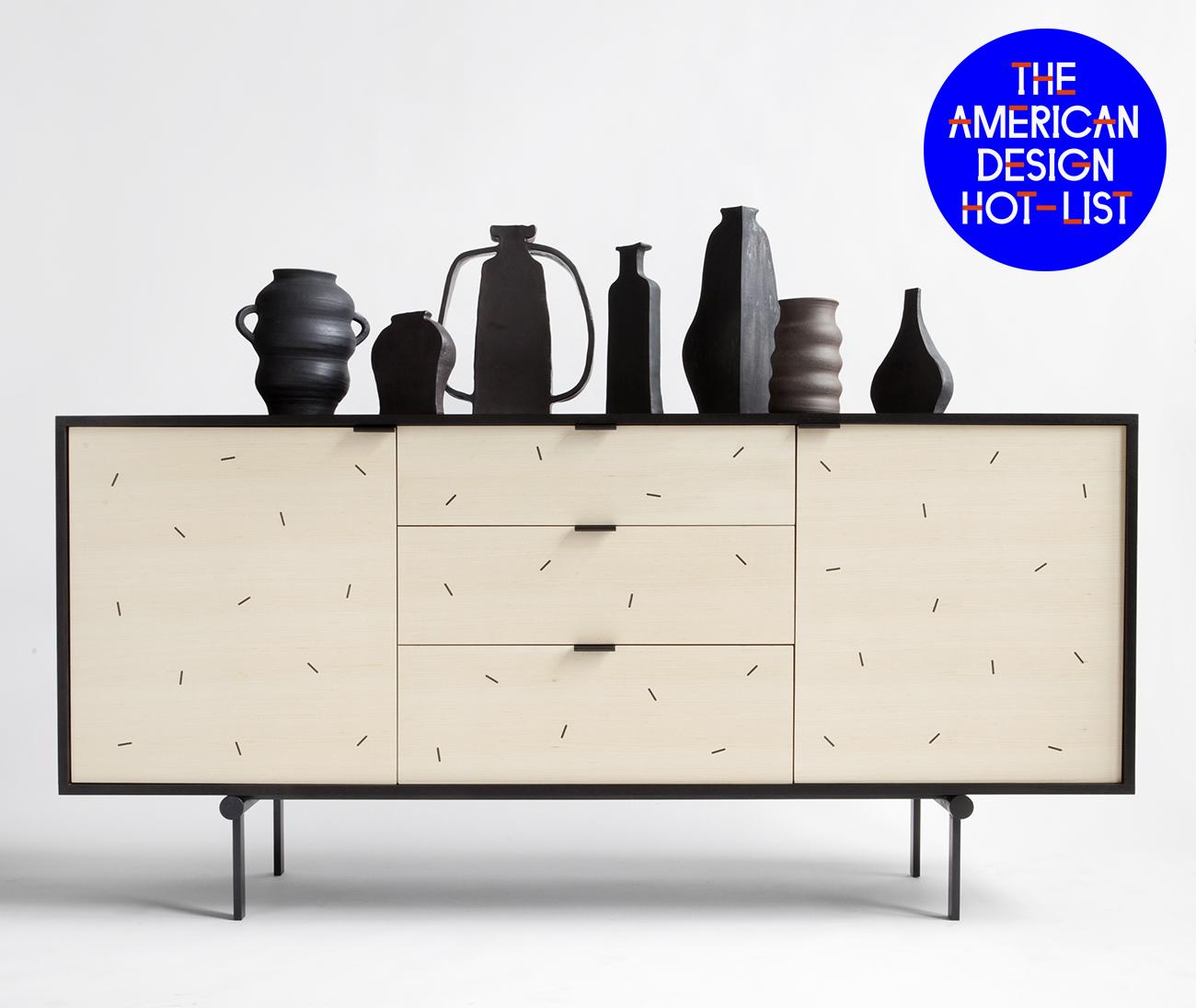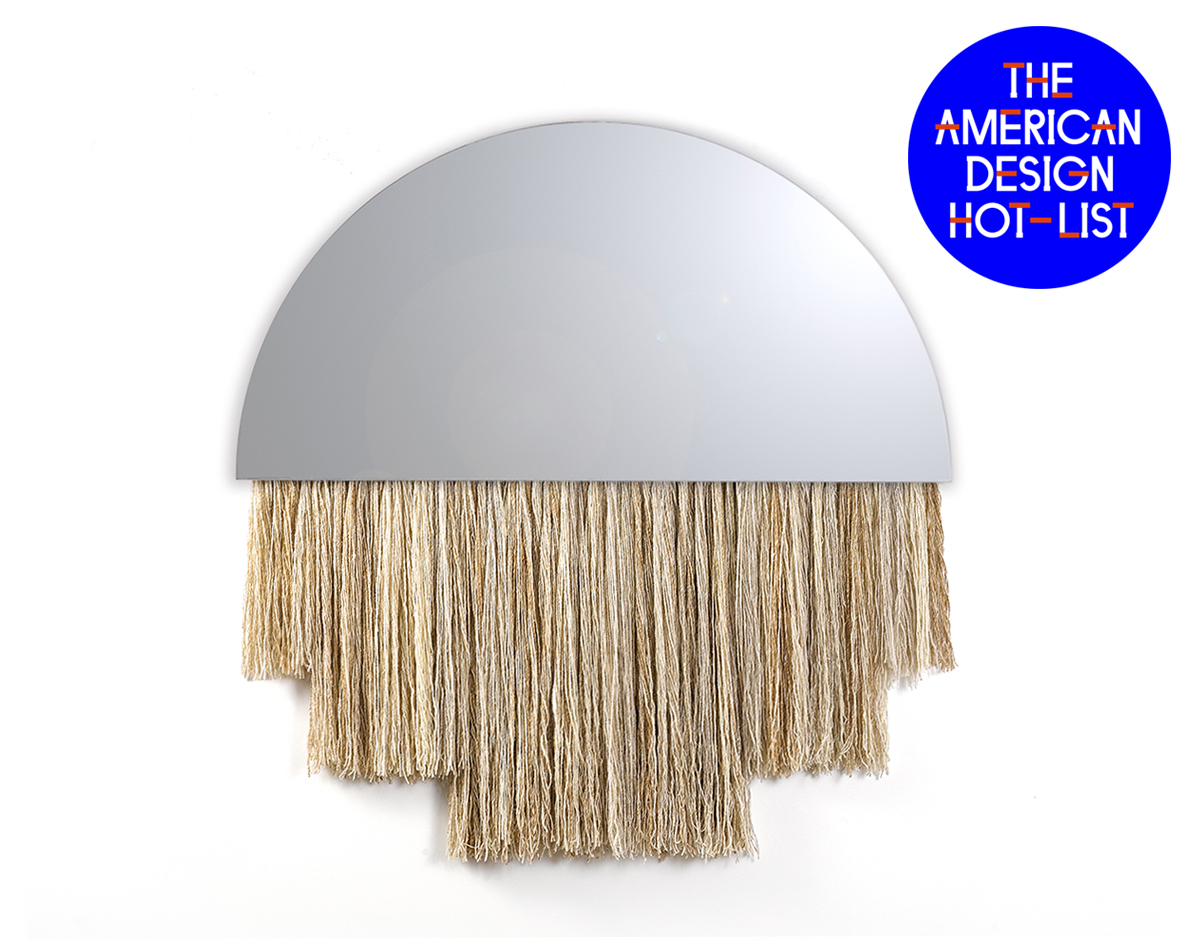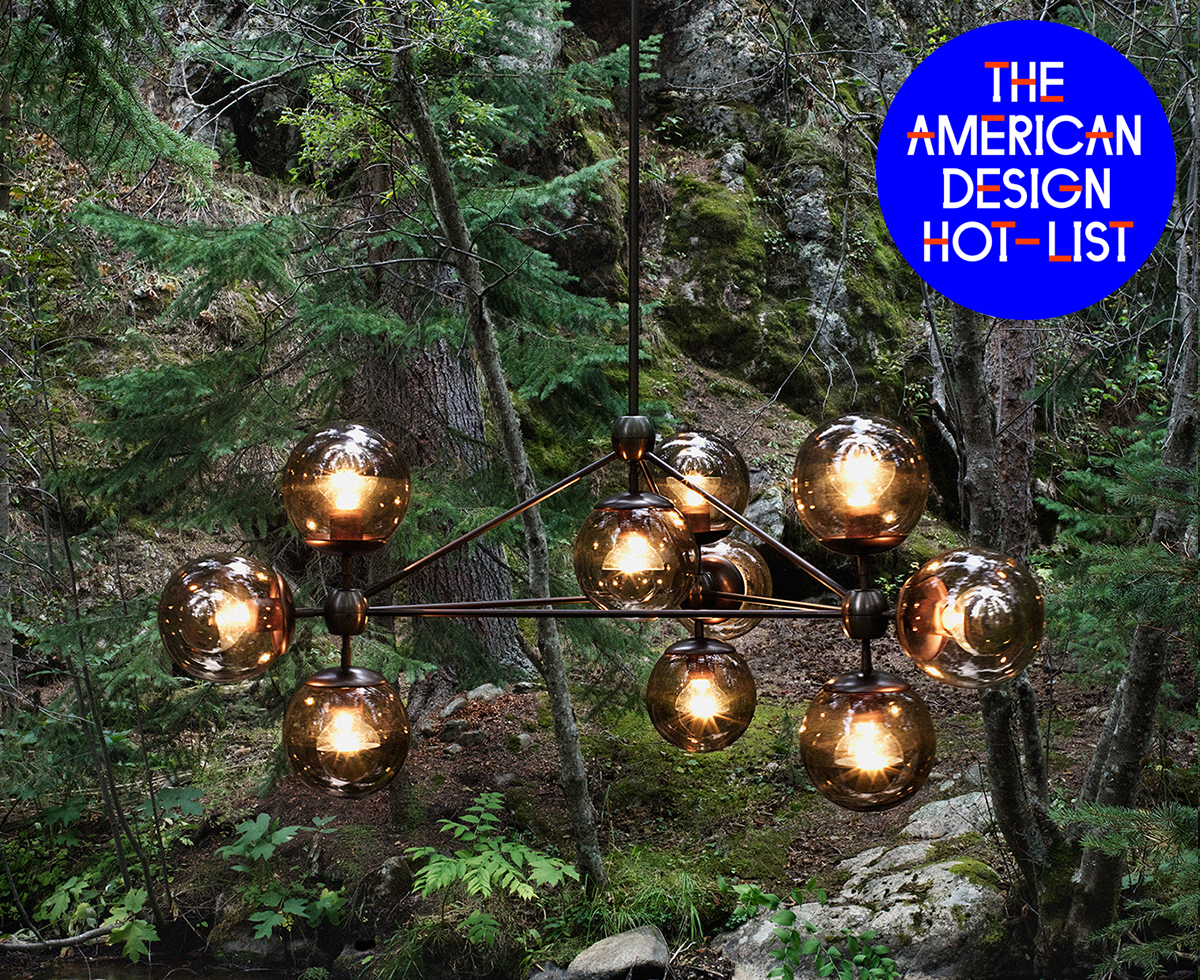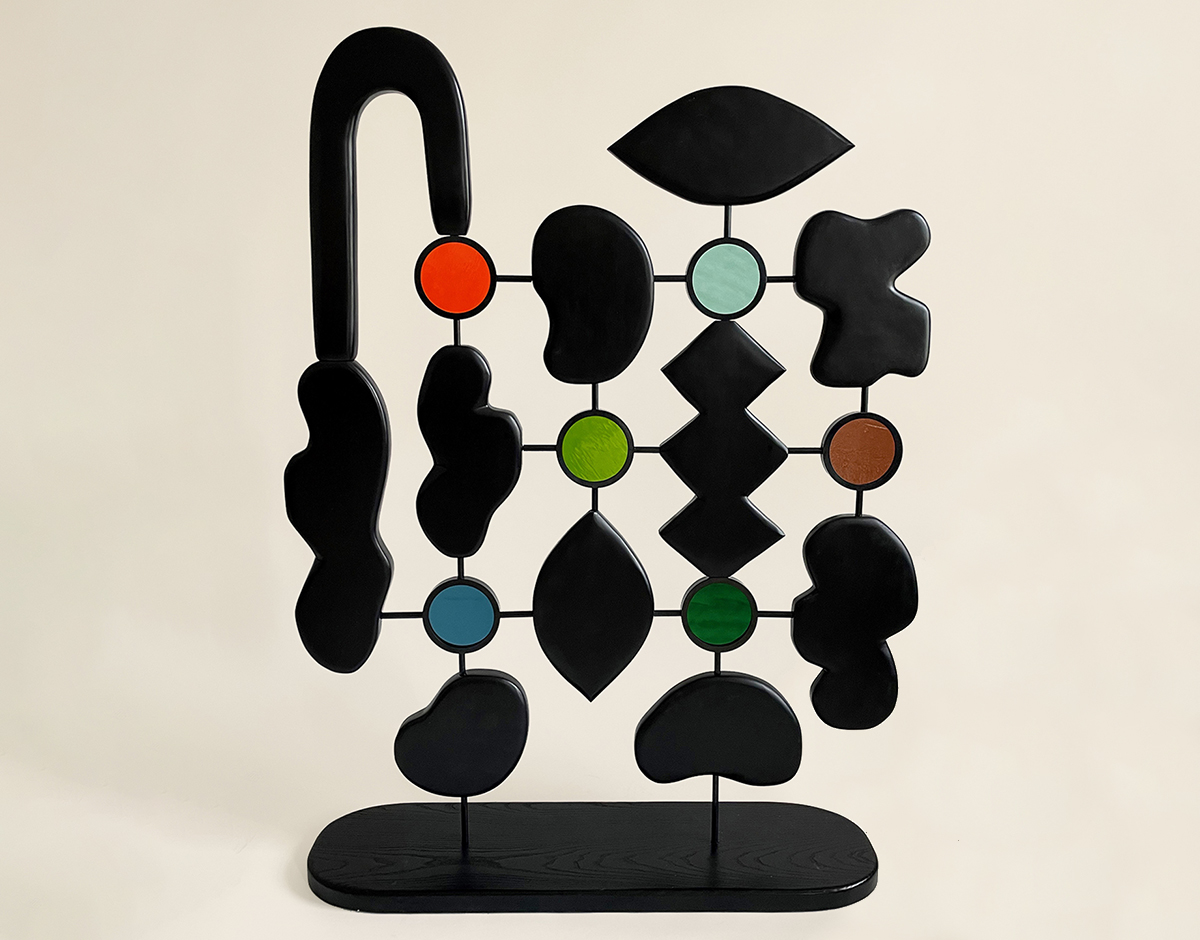
American Design Hot List 2022
Ginger Gordon
New York, gingergordon.com
It’s not often we christen a Hot List nominee so soon after they graduate — from RISD’s class of ’22, in this case — but Gordon’s strong aesthetic shined through in the room dividers, tables, and stools she showed at last year’s Milan fair and New York design week, so we felt confident calling it early. We’re looking forward to seeing where she takes her sculptural wood forms, stained glass accents, and Surrealist influences.
What is American design to you, and what excites you about it?
American design runs in every direction. It’s hopeful; it tells stories. There’s a respect for craft but a determination to create something new and to break from what is tired and known. I admire the constant push of material exploration and the unexpected ways in which materials are brought together in American design. These explorations are creating new stories, ones we haven’t seen, and that makes me continuously excited to see what will emerge.
What are your plans and highlights for the upcoming year?
I’m currently developing my first studio collection, alongside Alexis Tingey. We met each other in school and lived in the metal shop together. We were struck by each other’s work and our shared sources of inspiration. On our last day of class, we decided to open a studio together. This collection is being developed through an artists’ residency at Colony. Our initial pieces for this series will be completed and shown later this year, for our first studio show.
These objects look to push the material and form explorations we’ve independently been working on, from carved wooden forms to textured textiles to inlay to stained glass to stack lamination. The pieces hinge on contrast in materiality, strength, and weight.
What inspires or informs your work in general?
Compositions of line and form often inform my work. I usually sketch with paper and collage, then go straight into material, carving and cutting to reveal interconnected shapes or undulating forms. I admire intricate processes of making, especially handcraft traditionally associated with female makers, like lace-making and embroidery. The intricately woven and knotted forms of lace create patterns that inspire the shapes in my work. I find inspiration in objects that tell stories; the details that draw you in and reveal something unexpected, like a small gilded piece of inlay or an object with an unexpected movement or perspective. All objects have a past, and I like the ones that try to share that with me.